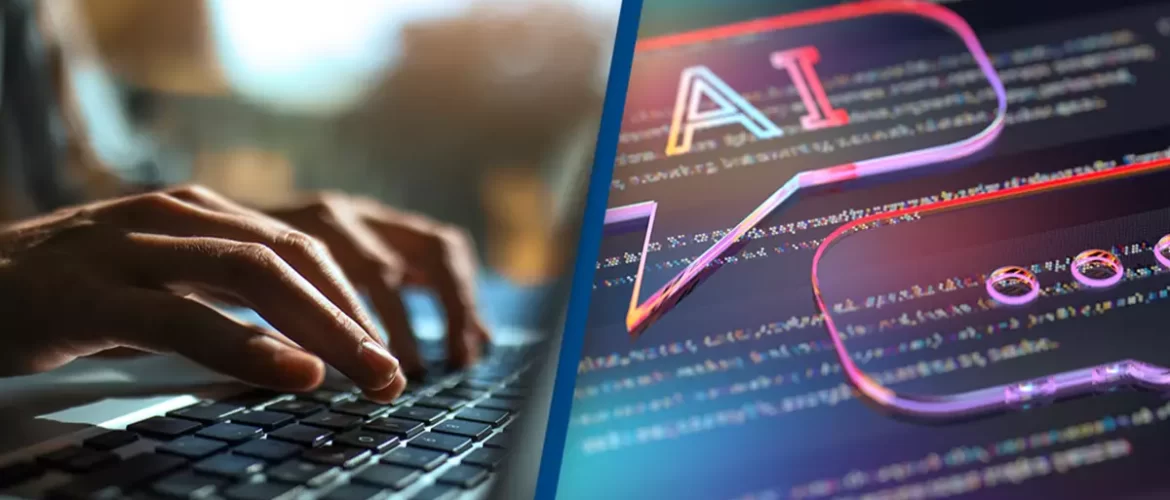How AI Chatbots Like ChatGPT Are Reshaping the Tech World
- Posted by: wavesadmin
- Category: Blog

ChatGPT’s Ongoing Evolution: From Breakthrough to Business Essential
Since its public debut in November 2022, ChatGPT has evolved from a novel chatbot experiment into a transformative technology. In under two years, it has become a vital part of digital life—redefining how people work, learn, and create across education, enterprise, and content industries.
Backed by GPT-4 and enhanced with enterprise-ready features, ChatGPT continues to push the boundaries of what’s possible with generative AI. And in 2025, its momentum shows no signs of slowing down.
What’s New in ChatGPT (As of 2025)
OpenAI has rolled out significant upgrades to make ChatGPT smarter, more interactive, and deeply embedded into users’ workflows.
One of the most talked-about features is memory—ChatGPT can now recall facts, preferences, and user context over time. This means the AI no longer starts each session from scratch; it adapts to you, learning your tone, style, and even long-term goals.
Another milestone is multimodal interaction. ChatGPT now supports voice and image inputs, allowing users to speak naturally, upload visuals for analysis, and interact in more intuitive ways. This enhancement is especially valuable for students, designers, developers, and creators who work across text and visual mediums.
The rise of Custom GPTs has empowered users to build personalized AI assistants tailored for specific needs—without writing a single line of code. From curriculum advisors to content planners, businesses and educators are using this to extend the platform’s capabilities.
The mobile app has also expanded with voice functionality and better device continuity, allowing AI assistance on the go. And with integrations into tools like Microsoft 365, Google Drive, and Zapier, ChatGPT has transformed into a productivity powerhouse.
A Milestone in Generative AI Adoption
In just two months from launch, ChatGPT became the fastest-growing consumer app in history, reaching 100 million monthly users by January 2023. Today, it serves a diverse range of users—from students and developers to executives and educators—fueling productivity, creativity, and innovation.
Its accessibility, combined with its conversational design and real-world problem-solving ability, has made it a key force in the global adoption of generative AI.
From Awareness to Action
What truly sets ChatGPT apart is its ease of use. With features like memory, voice interaction, and image input, users no longer need technical skills to access the benefits of AI. Whether it’s drafting content, solving problems, learning new topics, or exploring creative ideas—ChatGPT has become a go-to assistant for both personal and professional tasks.
“ChatGPT has elevated the way we work by automating routine tasks and opening doors to new opportunities… It’s not human vs. machine—it’s human and machine,”
— Aisha Mendez, Infosys Consulting UK
ChatGPT in the Workplace
Since the launch of ChatGPT Enterprise in late 2023, businesses have embraced the platform to enhance operations. Organizations are using it for drafting reports and presentations, offering internal support, onboarding employees, and automating customer service. With integrations into productivity tools like Microsoft Copilot, ChatGPT is now a seamless part of many digital workplaces.
Despite its promise, challenges remain. Many companies are still developing AI strategies, managing ethical concerns, and navigating data security requirements. As Dr. Christian Guttmann from Pegasystems notes, widespread enterprise adoption depends on one key factor: clearly demonstrating business value.
Ethics, Trust & Regulation
As ChatGPT grows more capable, global conversations around AI ethics have intensified. Concerns about data privacy, misinformation, AI-generated bias, and workforce disruption have prompted calls for clearer governance, transparency, and responsible innovation.
The tech world is now being held to higher standards—by users, regulators, and stakeholders—making it crucial to develop AI that is not only powerful but also principled and inclusive.
What’s Next for AI Chatbots?
Looking ahead, ChatGPT is expected to evolve from an assistant into a collaborative digital partner—with persistent memory, proactive task management, and even deeper integration into daily systems.
We can anticipate the emergence of domain-specific GPTs across industries like healthcare, education, and law. These assistants will offer specialized knowledge, context-aware responses, and real-time support tailored to each profession.
AI will also become more embedded into operating systems and everyday apps—quietly running in the background to anticipate needs, automate workflows, and surface insights without being prompted.
Final Thoughts: The Future is Human + AI
Since its launch in 2022, ChatGPT has gone from an experimental chatbot to a symbol of the AI era. It’s not just helping us work faster—it’s changing how we think, solve problems, and interact with technology.
And yet, the most powerful idea behind ChatGPT isn’t the model itself—it’s the partnership it enables. The future isn’t about AI replacing us. It’s about AI working with us, amplifying our capabilities, extending our reach, and co-creating value in ways we’re only beginning to understand.
Empowering the Next Generation with AI Education
As AI becomes a core skill of the future, students must move beyond using AI to understanding how it works. At Tutorwaves, we are committed to preparing students for the AI-powered world through personalized, one-on-one training in artificial intelligence, coding, and real-world applications.
Our structured approach helps learners develop not just technical skills but also critical thinking, ethical awareness, and problem-solving capabilities—ensuring they are ready to lead and innovate in the evolving tech landscape.
Tutorwaves – Nurturing tomorrow’s innovators, one session at a time.
Leave a Reply Cancel reply
WhatsApp us
